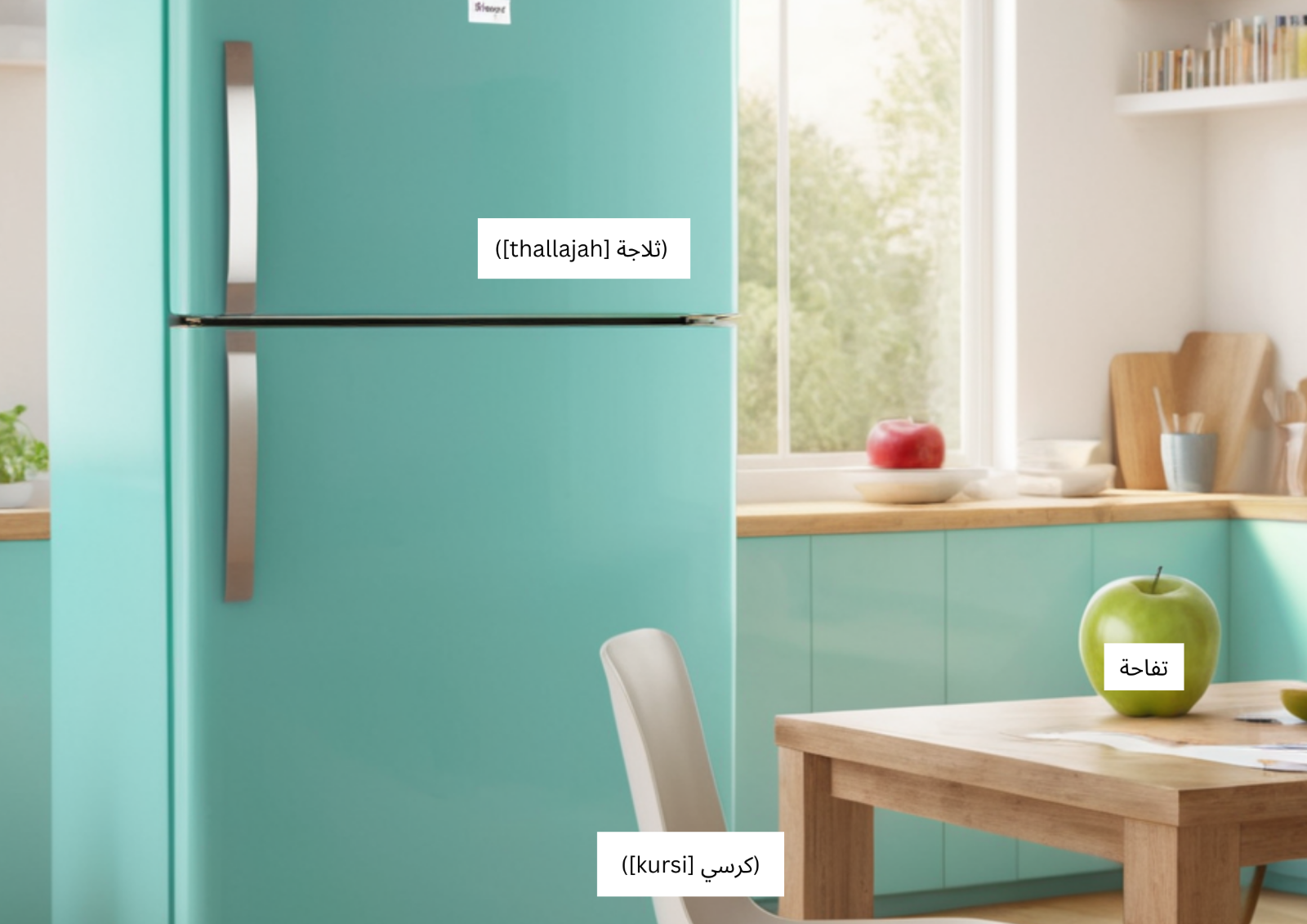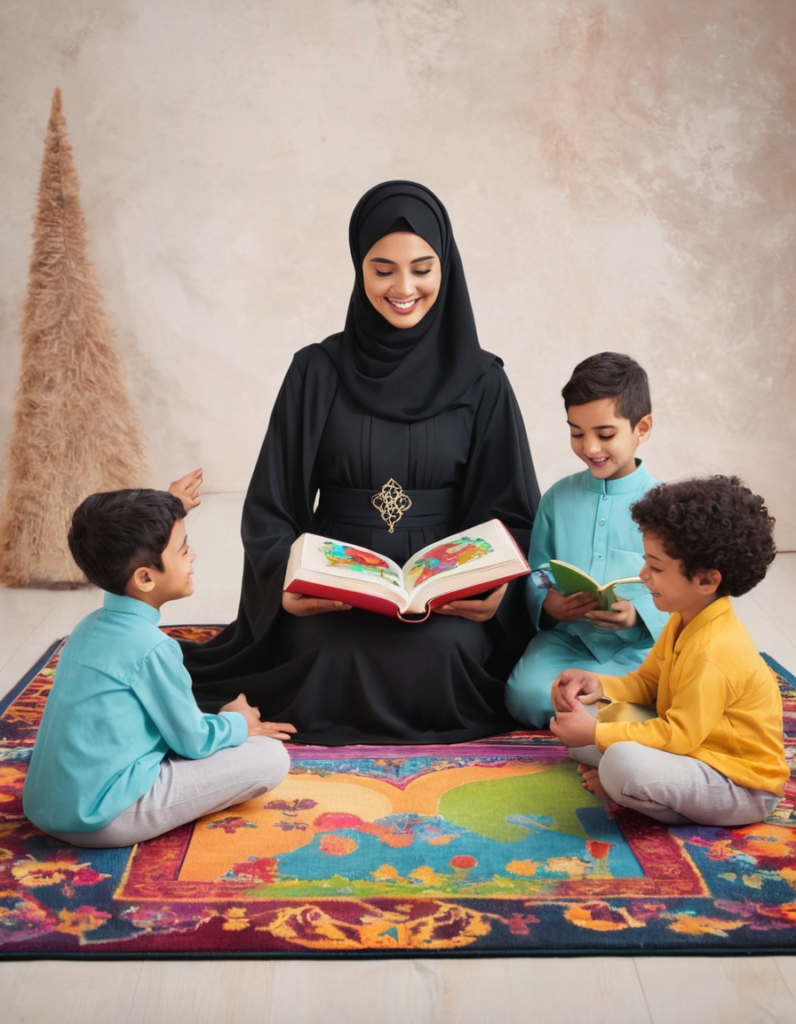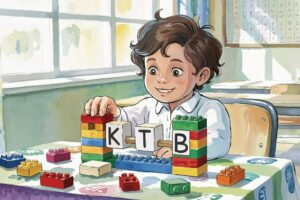
Raising Bilingual Muslims: Fun Ways to Integrate Arabic at Home
Raising bilingual children offers a wealth of benefits, from stronger cognitive development to a deeper understanding of different cultures. For Muslim families in the who aren’t native Arabic speakers, raising bilingual children can also create a powerful connection to their Islamic heritage. However, navigating the challenges of raising children in a dominant language while nurturing their Arabic skills can feel overwhelming.
This blog post is here to help! We’ll explore some fun and creative ways to integrate Arabic into your daily routines at home, making language learning a joyful experience for the whole family.
Arabic Story Time: Spark a Love for Language

Reading aloud to children is a cornerstone of early language acquisition. Arabic children’s books, bursting with colourful illustrations and engaging stories, can become a delightful introduction to the language.
For parents who might not be fluent in Arabic themselves, there are several solutions. Translating key phrases for your children can help them grasp the overall story. Many websites and apps offer audio recordings of native speakers reading Arabic stories aloud. Encourage your children to participate actively by guessing the meaning of words based on the pictures and the overall context.
Labeling Objects in Arabic: Transform Your Home into an Arabic Playground
A simple yet effective way to introduce basic Arabic vocabulary is by labelling objects around the house. Start with everyday items your children interact with most frequently: furniture (كرسي [kursi] – chair, طاولة [tawala] – table), toys (دمية [doohmya] – doll, سيارة [sayara] – car), clothes (قميص [qamis] – shirt, ثوب [thobe] – dress), and food items (تفاحة [tuffاحة] – apple, موز [mowz] – banana).
Take it a step further by creating a visually engaging environment. Write the Arabic words on small cards and stick them on the corresponding objects. These act as constant visual reminders, helping your children absorb the language effortlessly. You can even find pre-made “Arabic flashcards” online.
Incorporating Arabic Media: Learning Through Laughter
The world of Arabic cartoons and children’s shows is flourishing! Platforms like YouTube Kids offer a treasure trove of age-appropriate content featuring engaging characters, positive themes, and clear pronunciation . The shows are a fantastic way to expose your children to Arabic in a fun and natural way.
Watching these shows together allows you to discuss the content with your children, pointing out new vocabulary words and cultural references. This interactive approach solidifies their understanding and makes learning more enjoyable.
Additional Tips & Resources for Your Bilingual Journey
There’s a wealth of online Arabic learning resources and apps specifically designed for children, making language learning interactive and fun. Explore websites to find options that suit your child’s age and interests.
Remember, incorporating Arabic into daily routines is key. Greet each other with Arabic phrases (صباح الخير [sabaah al-khair] – good morning, مساء الخير [masa al-khair] – good evening), use Arabic words during mealtimes (عشاء [asha] – dinner, غداء [ghداء] – lunch), and make Arabic a part of bedtime stories.
Look for local Arabic playgroups or attend children’s events at your mosque. These social settings provide opportunities for your children to practice speaking Arabic with peers, boosting their confidence and fostering a love for the language.
Raising Bilingual Muslim Children: A Rewarding Journey
Creating a fun and positive learning environment is essential for your child’s Arabic language journey. Be patient, celebrate their progress, and embrace the joy of raising bilingual Muslim children. By nurturing their Arabic skills, you’re giving them a gift that will connect them to their faith, heritage, and a wider Muslim community.



